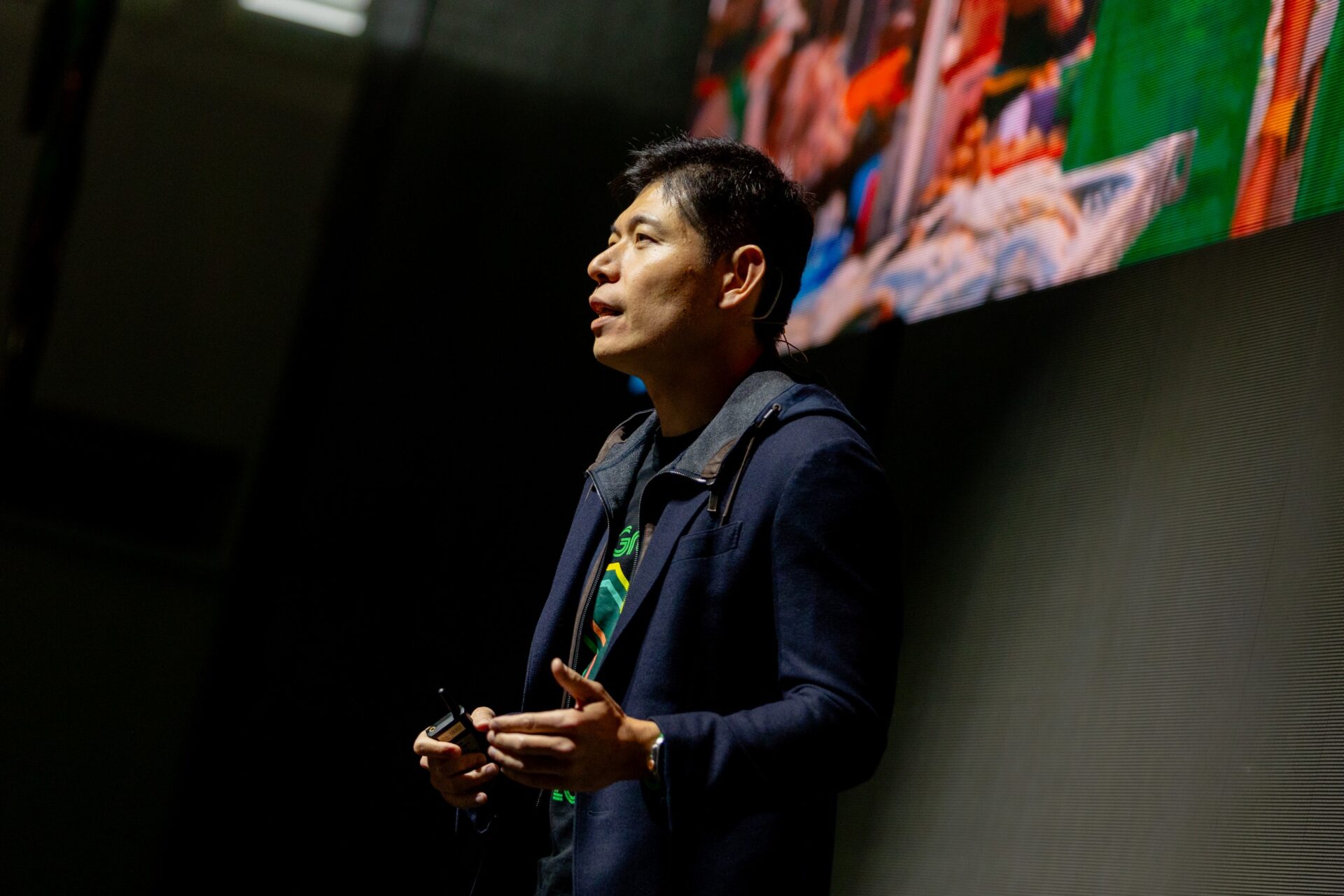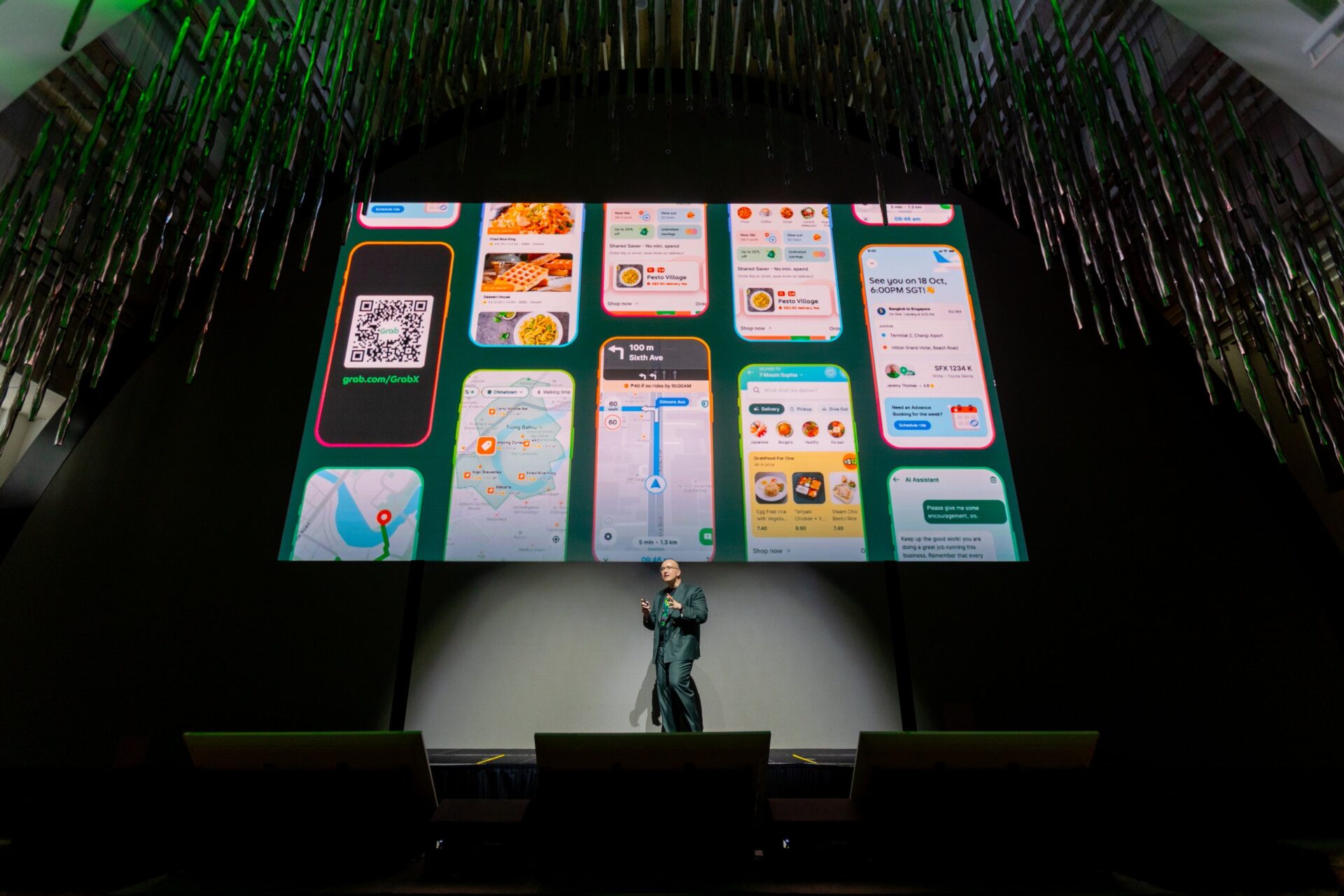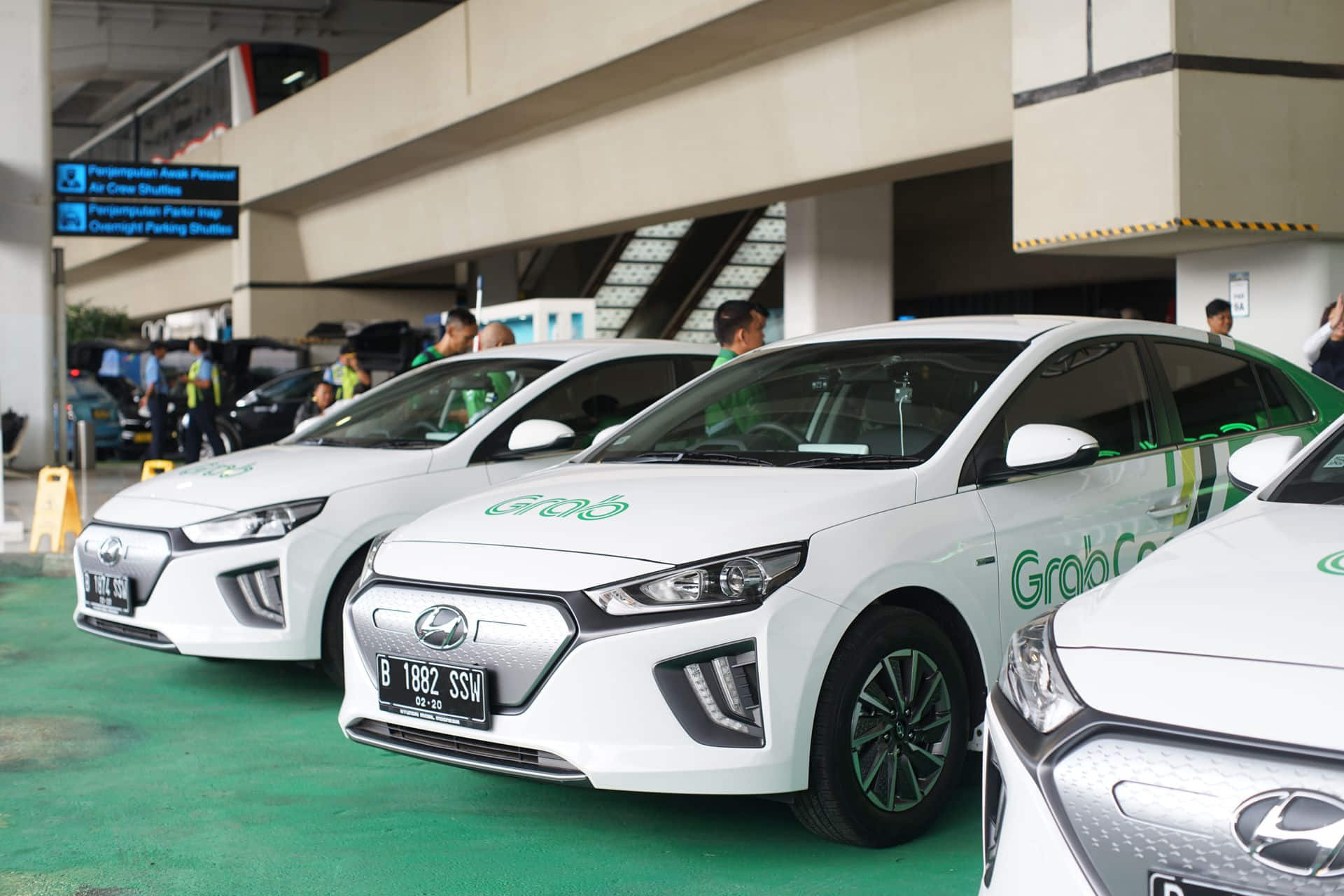
Southeast Asia’s largest “super app” company, Grab, is tapping on AI to launch rides for teenagers, cheaper shared deliveries for solo diners and a slew of other new features in the next two months to drive the growth of its on-demand services.
The new offerings are the result of AI efforts built on the data that the company has gleaned from its regional operations, said group chief executive officer Anthony Tan.
The company will use AI company Anthropic’s Claude AI models for its ongoing efforts, adding to its partnership with OpenAI last year, he told reporters and industry partners at a product showcase event in Singapore this morning.
The new teen ride feature is part of Grab’s new family ride hailing offering, which enables parents to add their children’s accounts to theirs and send vehicles to pick the youngsters up.
As an added security feature, AI listens in to the audio during these rides for any potential issues, such as sudden screeching of tyres or a person yelling in distress.
AI is also used for a separate new Grab feature aimed at solo diners, who typically forego a delivery order because of small orders and costly delivery fees.
Soon, Grab will broadcast such orders and seek other potential customers nearby to pool them together to make the deliveries possible at a lower cost – at under S$1 even, as seen during demos today. The AI does the work in seeking out delivery persons to take on the jobs in efficient batches.

Grab says its AI usage is meant to improve everyday situations faced by consumers, drivers and riders, and merchants. It calls its effort “AI-first, with heart”.
For example, a new AI-powered tool will enable drivers to send voice messages, pictures and videos to Grab to warn of congestion, floods and other road issues. This will be updated within 10 minutes on Grab’s apps to warn other drivers on the road.
Through a pilot rollout, this GrabMaps tool has received more than 16,000 reports a day from more than 900,000 drivers across the region.
Like other large businesses, Grab has also created a chatbot – one embedded in its food merchant partners’ app that promises to help them improve sales.
Powered by Generative AI, the virtual assistant will proactively prompt a restaurant owner to set up a promotion for its most popular items and remove others that are less well received.
The chatbot does so based on the data that Grab analyses from a merchant’s online orders. Merchants can choose not to use the chatbot or follow its suggestions but there appears to be no opting out of their data being analysed.
Notably, Grab is carefully rolling out many of these new AI features as trials that early adopters can take part of. They will be refined over time as feedback arrives from stakeholders, company executives told reporters today.
However, these snazzy AI updates come at a time when the technology, as wielded by large corporations such as Grab, is viewed warily by many platform workers finding life increasingly tough. Drivers, for example, are spending longer hours on the road to make ends meet in Singapore.
Also in the spotlight is the market power that platform companies such as Grab wield. In Singapore, these players have been accused of bidding up COE prices that make cars increasingly unaffordable to middle-income families.

Would Grab’s AI be smart and competent enough to balance the interests of customers, drivers and merchants?
Think of a driver who is suddenly tasked with more but smaller deliveries that each earns him less, so that solo diners can have their iced latte.
Separately, would an AI chatbot hallucinate and advise a nasi lemak stall owner to sell more pizza? Would its suggestions to boost sales end up making things worse for the hawker?
Perhaps more importantly, would Grab’s new features not turn early users into test subjects for a grand AI experiment that the company is carrying out to further its growth?
Quizzed by Techgoondu, Grab chief product officer Phillip Kandal said the company’s product managers regularly monitor the performance of merchants and provide an additional layer of checks for AI suggestions to merchants.
“It’s not that AI doesn’t make mistakes,” he said. “Humans also make mistakes.. but we build in features to minimise mistakes.”
AI also cannot autonomously change a store configuration or offer discounts without a merchant’s approval, he stressed. “It’s an advisor.. but the decision is for merchants to make.”
On drivers being asked to deliver to more places, he argued that they typically wanted to “do more jobs and be more occupied” instead of waiting for orders to come in.
Again, Grab monitors the earnings for its partners here, he noted, adding that the shared order feature powered by AI would create new demand to help delivery persons earn more money even if they make less each trip.






